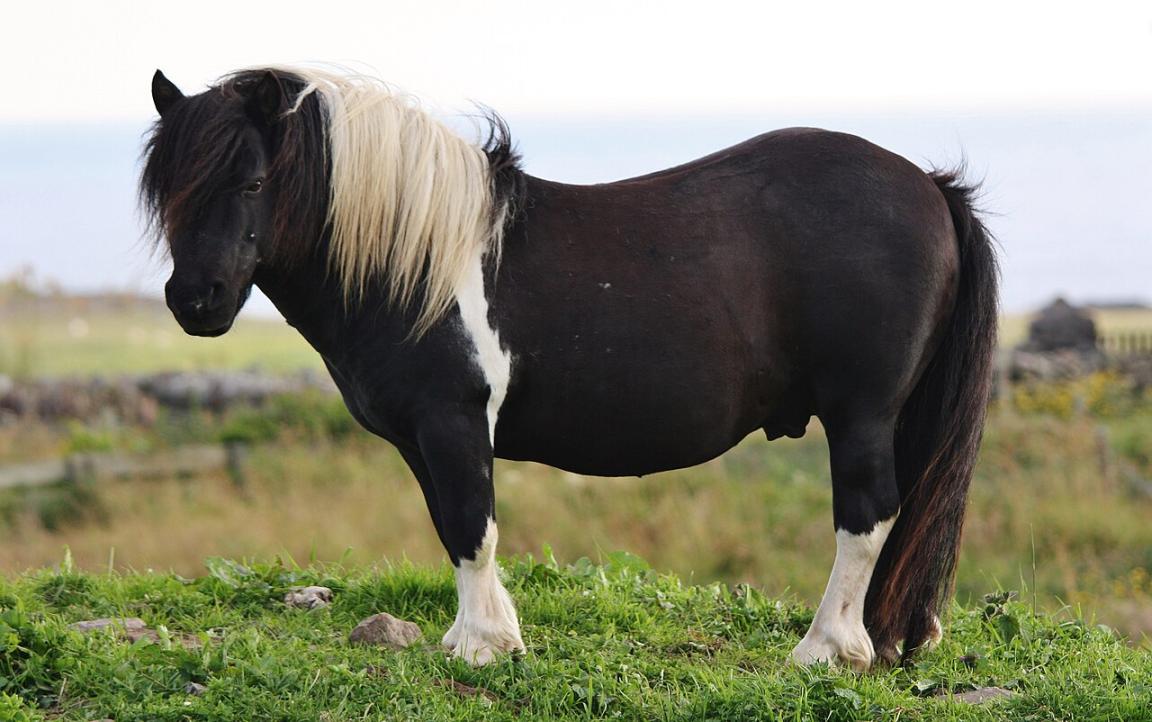
Continent: Europe
Country: United Kingdom
Weight: 200 – 250 kg
Height: 87 – 107 cm

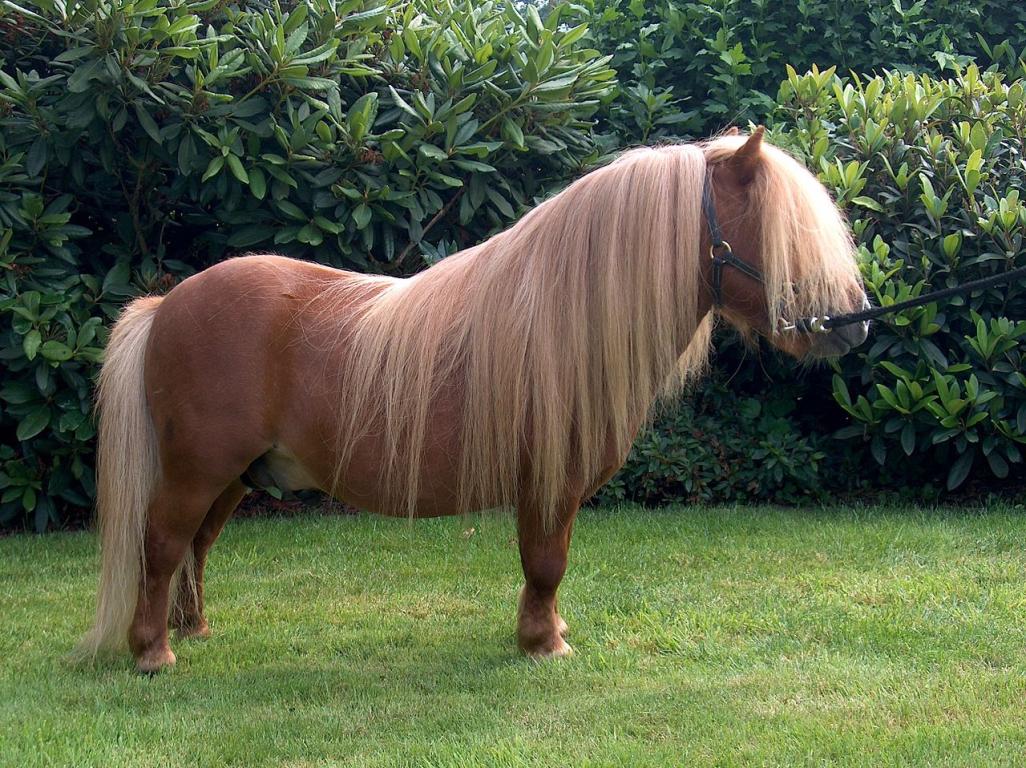
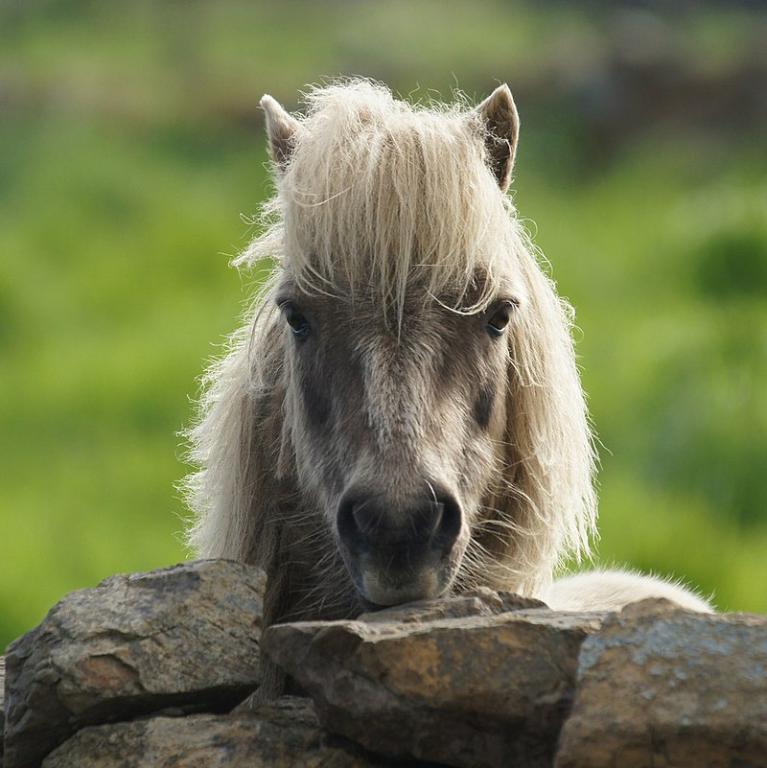
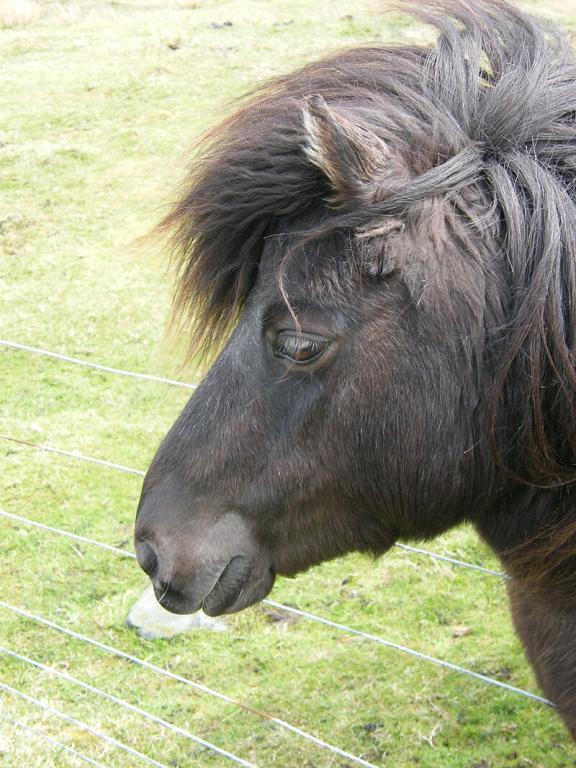
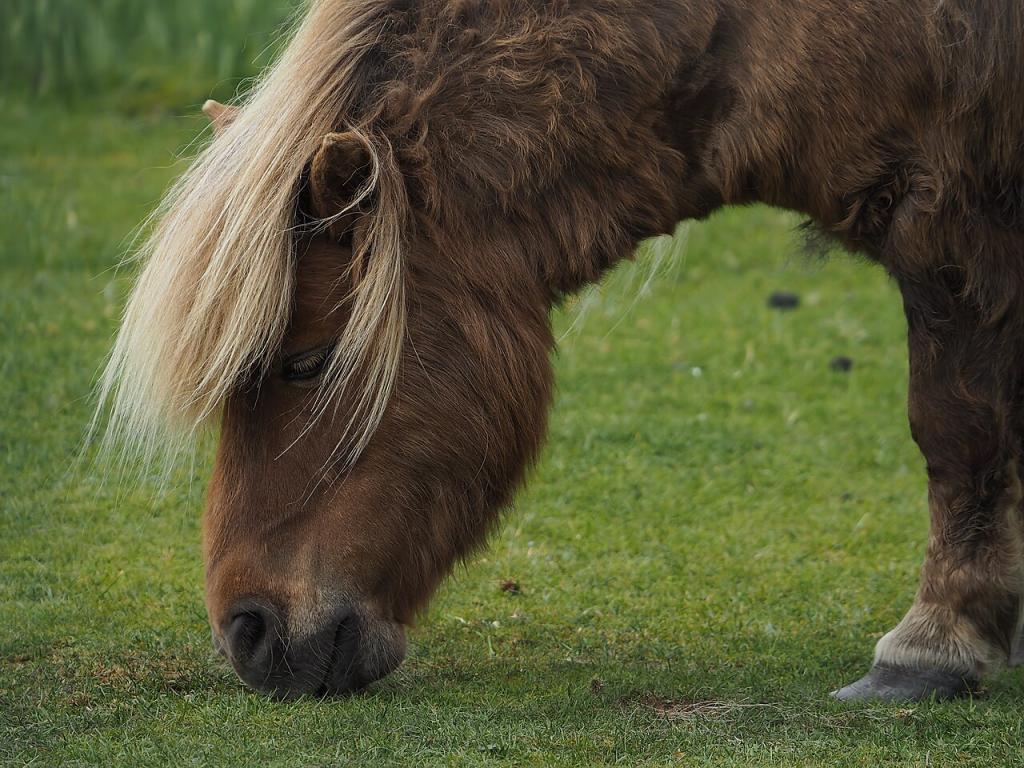
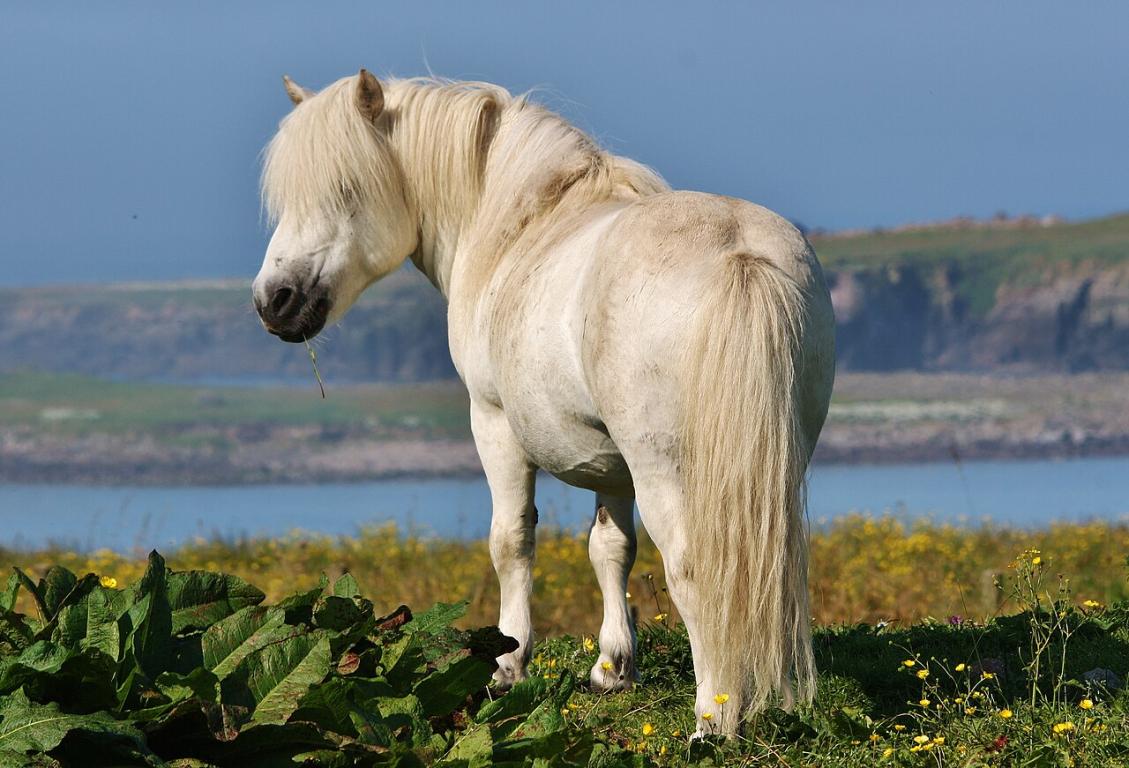
The Shetland Pony originates from the Shetland Islands, an archipelago located north of Scotland, swept by strong winds and marked by a harsh climate. Its evolution took place in an environment where food was scarce and living conditions were difficult.
Archaeological evidence shows that small horses already lived on these islands during the Bronze Age, proving that the breed is one of the oldest in Europe. Geographic isolation helped to preserve the purity of the type, making it particularly hardy, enduring, and adapted to poor, rocky soils.
From the 19th century onwards, Shetland ponies were massively exported, especially to industrial Britain, where they were employed in coal mines to pull wagons through narrow tunnels. This use greatly contributed to their fame and worldwide spread.
The cradle of the breed remains the Shetland Islands, north of Scotland, where ponies still live semi-wild in a harsh and windy climate. These islands form the historical and cultural heart of the breed, and the Shetland Pony Stud-Book Society (founded in 1890) ensures its preservation.
Today, the Shetland Pony is one of the most widespread pony breeds in the world, with organized breeding in several regions:
Thanks to its versatility and international appeal, the Shetland is now bred on every continent while preserving its original identity linked to the northern isles of Scotland.
The Shetland Pony holds an important place in the equine genetic heritage thanks to its exceptional hardiness, longevity, and high fertility. These qualities make it a valuable resource for improving or preserving desirable traits in other breeds.
In summary, the Shetland is not only an emblematic breed, but also a precious genetic reservoir for global horse breeding.
The Shetland Pony is considered one of the oldest European breeds. Remains dating from the Bronze Age were found in the Shetland Islands, proving that small horses lived there thousands of years ago. Geographic isolation encouraged the development of a hardy, enduring, and compact type, perfectly adapted to the harsh climate of northern Scotland.
For centuries, the Shetland was used by island inhabitants as a pack and farm animal. Its strength, disproportionate to its size, allowed it to carry peat, wood, or goods in a difficult environment. It thus played a central role in traditional rural economy.
With the Industrial Revolution, Shetlands were exported massively to mainland Britain. Their small size and great strength made them ideal workers for pulling coal wagons in underground mines. They often endured harsh conditions, sometimes spending their entire lives below ground. This usage greatly contributed to the breed’s international fame.
In 1890, the Shetland Pony Stud-Book Society (SPSBS) was founded to preserve the purity of the breed and regulate its breeding. This was a major turning point, as it set the official standard and ensured the survival of the breed against uncontrolled crossbreeding.
After the decline of mining use, the Shetland found a new place in the modern world:
Today, the Shetland is bred worldwide and remains a symbol of strength, hardiness, and longevity.
The Shetland Pony is known for its remarkable intelligence. Curious and quick-witted, it learns fast and adapts easily to new situations. This liveliness can be an advantage in training but also requires consistent handling.
Often described as stubborn or determined, the Shetland can assert itself despite its small size. It may test limits, especially with children or inexperienced riders, but with clear and consistent education, it becomes a reliable partner.
Very sociable, it gets along well with other horses and easily integrates into herds. With humans, it is affectionate, playful, and sometimes mischievous, which adds to its charm.
Despite its small stature, the Shetland has considerable energy and exceptional strength. It can pull heavy loads or work long hours without tiring, proving its power and rusticity.
"Small in size, great in strength and personality."
The Shetland Pony enjoys an excellent worldwide reputation, ensuring the breed a promising future.
Several trends are emerging:
Overall, the Shetland maintains a strong cultural and genetic identity, while adapting to contemporary uses, securing its place among the most popular ponies in the world.
The Shetland Pony is one of the hardiest and most resilient equines. Originating from a harsh island environment, it developed a strong constitution and remarkable longevity, often living 30 to 40 years.
Strict weight management, combined with a balanced diet, regular exercise, and veterinary follow-up (dentistry, hoof trimming, deworming), prevents most issues.
Thus, the Shetland remains a generally very healthy breed, provided its specific needs are respected.